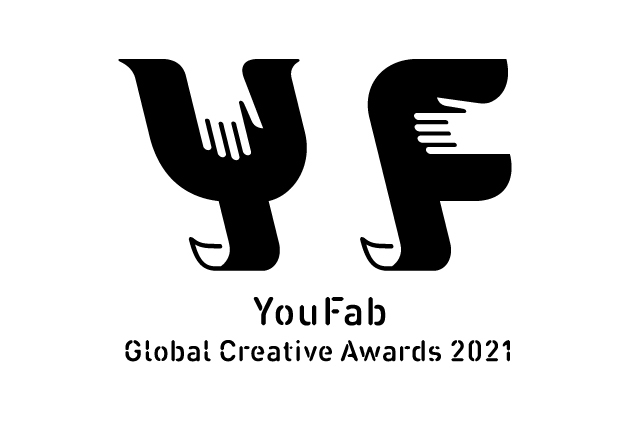-
作品タイトル(日本語)
マイコ菩提
-
作品タイトル(英語)
The Myco Bodhi
-
制作物のコンセプトを記載してください。
It's a speculative 3D printed structure containing mycelium and robotic connections to allow data transfer from the myco-network to the human supervising agent. Its main purpose is to get real-time data about our surrounding environment and to modify the existing conditions ultimately benefiting the living ecosystem on our planet. The Myco Bodhi is a scalable modular structure with no waste parts that can be implemented as large scale installations as well as small wall panels for domestic use, and potentially also on Mars in the future.
-
制作物のコンセプトを記載してください。(英語)
It's a speculative 3D printed structure containing mycelium and robotic connections to allow data transfer from the myco-network to the human supervising agent. Its main purpose is to get real-time data about our surrounding environment and to modify the existing conditions ultimately benefiting the living ecosystem on our planet. The Myco Bodhi is a scalable modular structure with no waste parts that can be implemented as large scale installations as well as small wall panels for domestic use, and potentially also on Mars in the future.
-
作品の素材・仕様
3D printed model in eco-resin (40x30x20 cm), PVC tubes containing biomaterial experimentation, 3D printed modular components in eco-resin (10x5x5 cm), printed publication (also available online), 3D renders
-
作品の素材・仕様(英語)
3D printed model in eco-resin (40x30x20 cm), PVC tubes containing biomaterial experimentation, 3D printed modular components in eco-resin (10x5x5 cm), printed publication (also available online), 3D renders
-
作品のリファレンスURL
https://drive.google.com/file/d/1iLj2IV2IMW7iRhOQqHXYR77wKahTI0C5/view?usp=sharing
-
作品の映像URL
-
公式サイト、もしくはSNSのURL
https://drive.google.com/file/d/1iLj2IV2IMW7iRhOQqHXYR77wKahTI0C5/view?usp=sharing
-
特別賞のテーマにどう作品が関連しているか説明文を記載
- 77
The Myco Bodhi
The Myco Bodhi started in December 2020 as an exploration of mycelium consciousness and how this might be applied to future sustainable architectural projects. The core idea of the subsequent speculations was that we could eventually create a world where plants, or fungi in this case, would not only coexist with our most advanced technologies but thrive on each other in a self-sustaining ecosystem.
Fungi’s resilience and cooperation throughout the planet are astonishing traits that certainly any species could benefit from adopting. The mycelium network is therefore the key to this design as it would allow us to utilise its consciousness to understand in real-time the living conditions of our surroundings. In theory, the mycelium and the robots would act as one supervising agent, gathering the data from the soil and air and, through an electrical circuit, sharing it with humans on monitors in a clear display.
The final structure proposed is a futuristic greenhouse made of tubular hexagons, each containing mycelium and wires to allow for the data transfer. The modular aspect of the design assures its circularity; once the mycelium in a tube dies it can easily be emptied into the garden as fertiliser and refilled with new substrate. This would allow for multiple applications of the same structure, in different case scenarios and scales, from a large outdoor garden to a panelled wall in someone’s home.
Fungi’s resilience and cooperation throughout the planet are astonishing traits that certainly any species could benefit from adopting. The mycelium network is therefore the key to this design as it would allow us to utilise its consciousness to understand in real-time the living conditions of our surroundings. In theory, the mycelium and the robots would act as one supervising agent, gathering the data from the soil and air and, through an electrical circuit, sharing it with humans on monitors in a clear display.
The final structure proposed is a futuristic greenhouse made of tubular hexagons, each containing mycelium and wires to allow for the data transfer. The modular aspect of the design assures its circularity; once the mycelium in a tube dies it can easily be emptied into the garden as fertiliser and refilled with new substrate. This would allow for multiple applications of the same structure, in different case scenarios and scales, from a large outdoor garden to a panelled wall in someone’s home.


